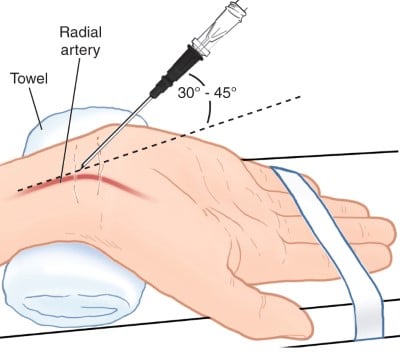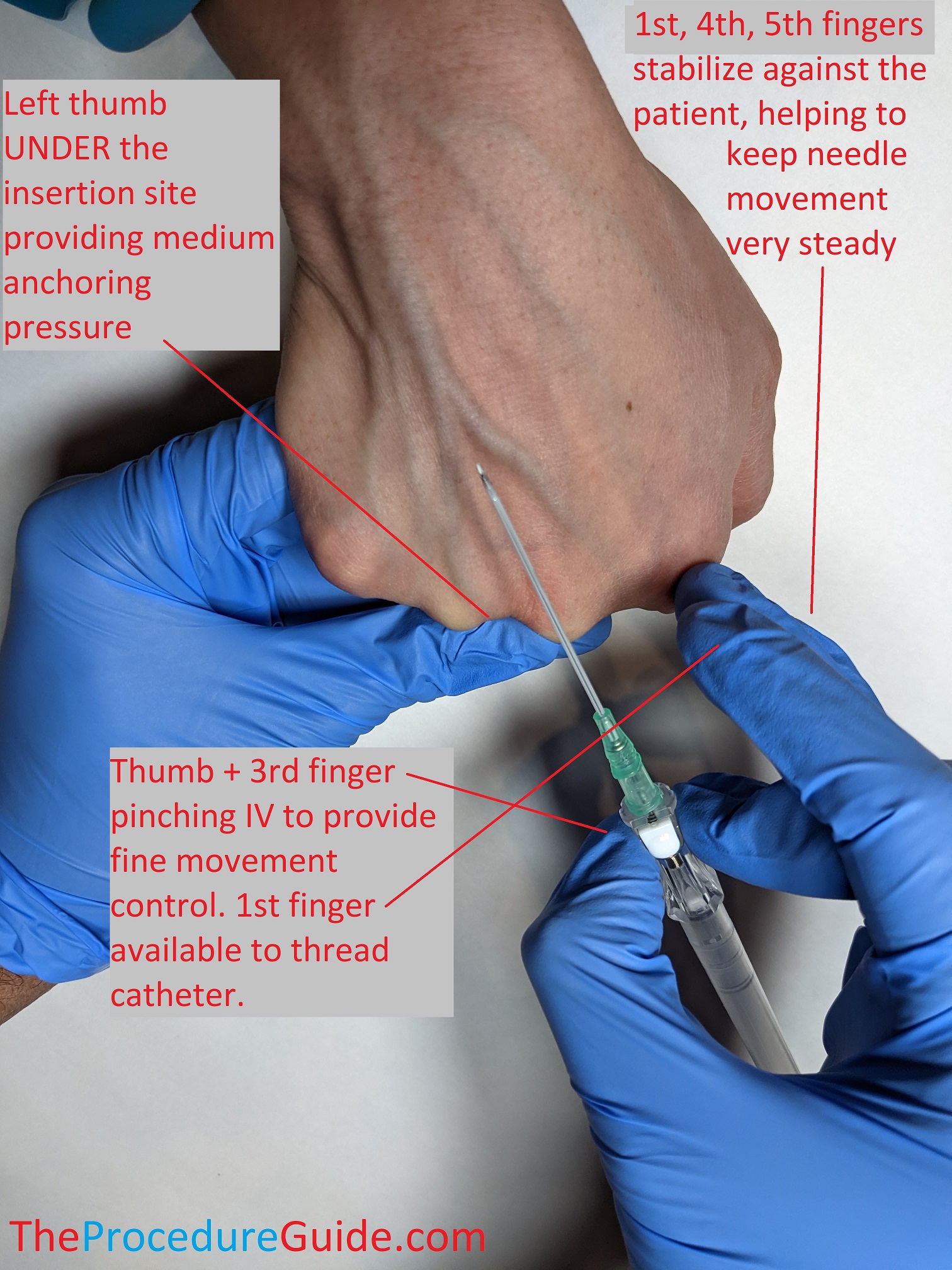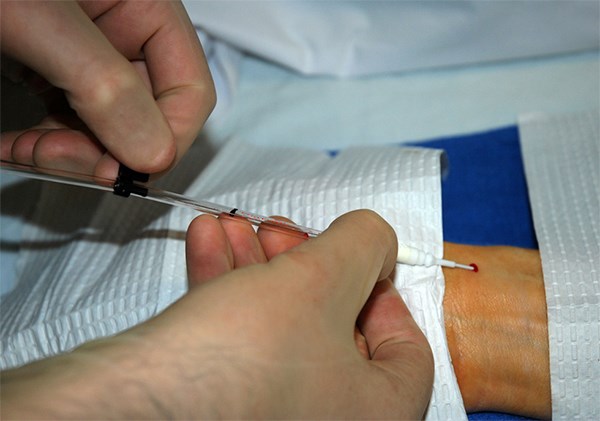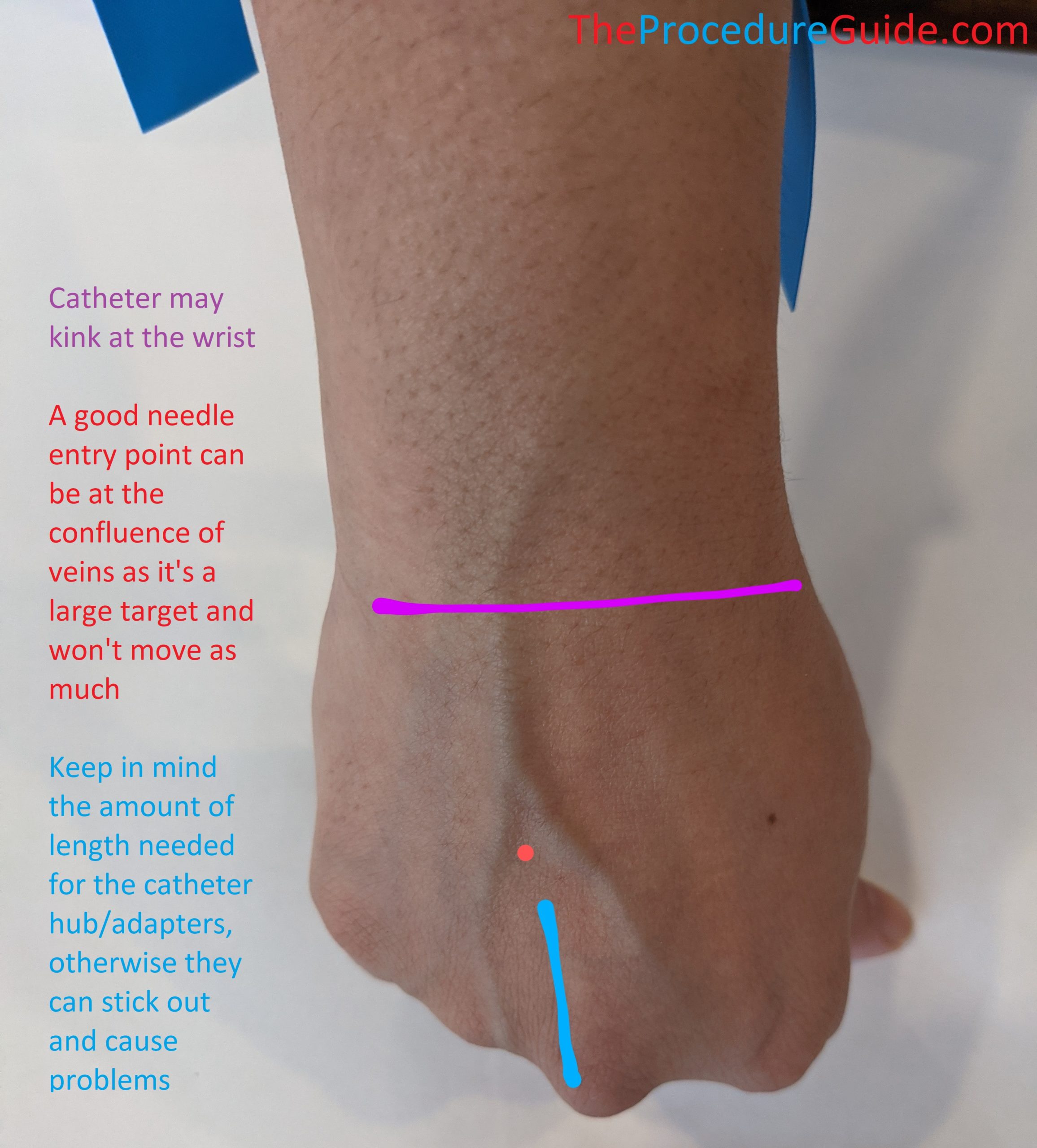starting an iv in an artery
See if you can visualize any veins along the arm. We as registered nurses should understand the difference and know that starting an IV in the antecubital fossa is.

Pin By Nonas Arc On Peripheral Arterial Line Pal Kits For Kids Arterial Line Catheter
Ultrasound Guided Peripheral IV Start by looking for veins.

. The main difference between an artery and a vein is that arteries move blood away from the heart and veins move blood toward the heart. Also if you flush an arterial IV you will likely cause an arteriospasm resulting in immediate blanching along the path of the artery and possible pain reported by the patient. When flushing the IV just place your index and middle finger 2-4 cm proximal of the cannula on the patients skin.
This is my favorite spot. When someone injects drugs into a vein it is carried through the heart and diluted in the blood before reaching a persons extremities and. In a fem.
What do you do if you hit an artery. 10 ER Nursing Hacks you Need to Know. IV means intravenous inside the vein.
If you are unsuccessful in locating a vein in either arm you can move to the foot and ankle region to start an IV. It is used instead of an IV in the hand or scalp if a baby has longer-term needs. This is the area on the inner fold of the arm.
Go immediately to the Accident and Emergency department at your nearest hospital ask. Alternatively you can feel it yourself too. Always be careful when inserting an IV line.
Many infants have a. Ive done it once in a newborn and it was very obvious. Where you start your IV will greatly depend on the patient as well as you personal preference.
The vein is used because a drug or fluid has to. Nurse2033 MSN RN. Most cases of accidental arterial cannulation are often due to vascular anomalies that involve radial artery branches of forearm and hand.
These are the two main branches of the brachial artery. In some people this division occurs higher up causing these arteries to run through the upper arm. There are two forms of floating.
If necessary clamp the tubing so that the solution doesnt drip onto the floor. Only when I get the headache from hell do I realizeI dont know whos gonna google this. Specific signs of IA cannulation include pulsatile movement of blood in the IV line intense pain or burning at the site of injection blood that is bright-red in appearance and cannulation in an area where an artery is in close proximity to a vein.
Below the cubital fossa the brachial artery divides into two arteries running down the forearm. Failure to compress and hold still to see if there is a pulse which would identify an artery instead of a. What happens if you put IV in artery.
Next prime the IV tubing by suspending the IV bag from an elevated stand filling the tubing with saline solution and checking for any bubbles. JUST SAY NO. You probably did no injury but next time if you suspect you are in an artery you should pull it.
If patients offer their antecubital fossa to you for an IV start. Open in a separate window. Answer 1 of 7.
Prepare the IV tubing. The most prominent veins will be the Cephalic vein Basilic vein Median cubital vein median antebrachial and brachial vein. I prefer to start IVs in the AC.
Then youve probably hit an artery. Infusionnurse January 18 2010. One involves slowly and gently pushing on the flush as you are threading the catheter in.
Sad but true many patients do not understand the difference between blood draw and starting a peripheral IV. Go immediately to the Accident and Emergency department at your nearest hospital ask someone to take you or dial 999 and take this information with you. Yet I can only push nearly nothing in my arm Because its proper throw the pin across the room pain.
Drugs that enter the bloodstream do their job whether in a vein or artery. This can help thread IVs that are just not going in without a good bit of force. You will see pulsation in the connecting piece of tubing.
Uh it sounds like the odds were 100 that you were in an artery. The ulnar and radial. Try twistingrolling the catheter if its curvy but if it is straight back up just a bit and try to float it.
The brachial artery is located near the basilic vein and is one that is of importance since it is in an area that may be selected for venipuncture. Though it is rare to puncture an artery in an attempt to cannulate a vein it does happen. Applying a warm compress or hot pack can help you visualize the vein palpate the vein and can even make threading the IV easier when starting an IV.
There are a few options for where to place a pediatric IV some better than others. Avoiding Inadvertent Arterial Puncture. Nurses may also start an IV in the veins on the forearm back of the arm or on the hand.
Arterial puncture is when the needle in inserted into an artery rather than a vein. Because arteries are deeper than veins these events most likely. A baby may need IV lines or catheters for just a short time or for many days.
Follow the same steps outlined above. Raise your arm and apply firm pressure. Putting the arm in a dependent position forces blood pooling in the distal veins which will make them bigger and easier to see and palpate.
Best Vein Areas to Start an IV. May 18 2011. Unintentional arterial cannulation mistaken for cephalic vein.
Answer 1 of 4. This should make IV insertion easier with a higher chance of success. The blood can also appear frothy and the plunger can be forced back by the pressure of the blood.
Once a baby is well enough to take milk feedings and is gaining weight IV lines may be removed. This could be a bolus injection iv injection or an infusion iv infusion which could be administered in the drip form or through an infusion pump. The Difference between Injecting into an Artery and into a Vein.
In most cases when the IV is inserted correctly into a. A catheter is placed in a deep vein or artery in the babys arm or leg. Vein I have put a full 1mg of liquid and realized too late.
Patients have four extremities. Although the radial arterial system is fairly consistent in structure rare anomalies have been encountered. If you can not locate a vein in any extremity consider the external jugular veins on the side of the patients neck.

How To Set Up An Arterial Line Youtube

35 Iv Therapy Tips Tricks For Nurses Nursebuff Nurse Iv Therapy Nursing Tips

Arterial Line Placement Basics For Medical Students Emra
When Blood Samples Are Taken Or With Intravenous Therapy How Do The Doctors Or Nurses Know Whether The Blood Vessel Is A Vein Because Injecting In Arteries May Have Dangerous Consequences

Peripheral Intravenous Access Iv Technique And Overview The Procedure Guide

Arteries Www Unidadortopedia Com Pbx 6923370 Unidad Especializada En Ortopedia Y Medical Knowledge Human Anatomy And Physiology Diagnostic Medical Sonography

Arterial Line Placement Basics For Medical Students Emra

Upper Arm Tissue Insert With Brachial And Basilic Thrombosis Brachial Ultrasound Training Human Tissue

Peripheral Intravenous Access Iv Technique And Overview The Procedure Guide

10 Iv Insertion Tips For Nurses Medical Knowledge Nursing Student Tips Nurse Skills

Arterial Line Placement Background Indications Contraindications

Arterial Line Placement Technique Approach Considerations Allen Test Catheter Over Needle Technique






